There are many different types of tea from all over the world, but surprisingly most of the variants come from the same plant – Camellia sinensis.
The leaves are processed differently to create different tastes from each variant. For example; British tea is fermented whereas Japanese green tea is not. Japanese tea leaves are steamed and roasted to stop the fermentation process.
However; even though the finishing process for Japanese tea is similar, there are many different varieties, each with their own name. The name of the tea actually refers to the grade or quality of the tea which has a few defining factors, such as; the time of the year when the tea is harvested and the amount of sunlight the leaves are subjected to.
Let's have a look at the Japanese names for the grades:
1. Gyokuro

2. Sencha

3. Bancha

4. Hojicha

5. Genmaicha

6. Kukicha

7. Matcha
 Matcha is probably the most well-known Japanese green tea around the world due to it being used in the famous Japanese Tea Ceremonies. It is also used for the many types of green tea flavoured confectionery that have quickly become popular all over the world due to their unique green colour. The plant goes through the shaded growth period like Gyokuro and is also harvested during the first round. It is then dried out and milled into a fine powder.
Matcha is probably the most well-known Japanese green tea around the world due to it being used in the famous Japanese Tea Ceremonies. It is also used for the many types of green tea flavoured confectionery that have quickly become popular all over the world due to their unique green colour. The plant goes through the shaded growth period like Gyokuro and is also harvested during the first round. It is then dried out and milled into a fine powder.
There are some Japanese teas that are not made from the tea plant, favouring other ingredients:
1. Mugicha
Mugicha is made by infusing roasted barley with water. It is usually served cold during the long hot, humid summer days. As it doesn't use the tea plant, this tea is caffeine free.
2. Ume Kombucha
Ume Kombucha is made by mixing powdered dried seaweed with plum. It has a salty sour taste. You may find this tea being served in Japanese hotels.
Now that you understand the grades of Japanese teas, be sure to check out our tea section on our website.

